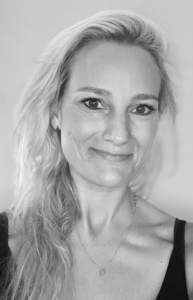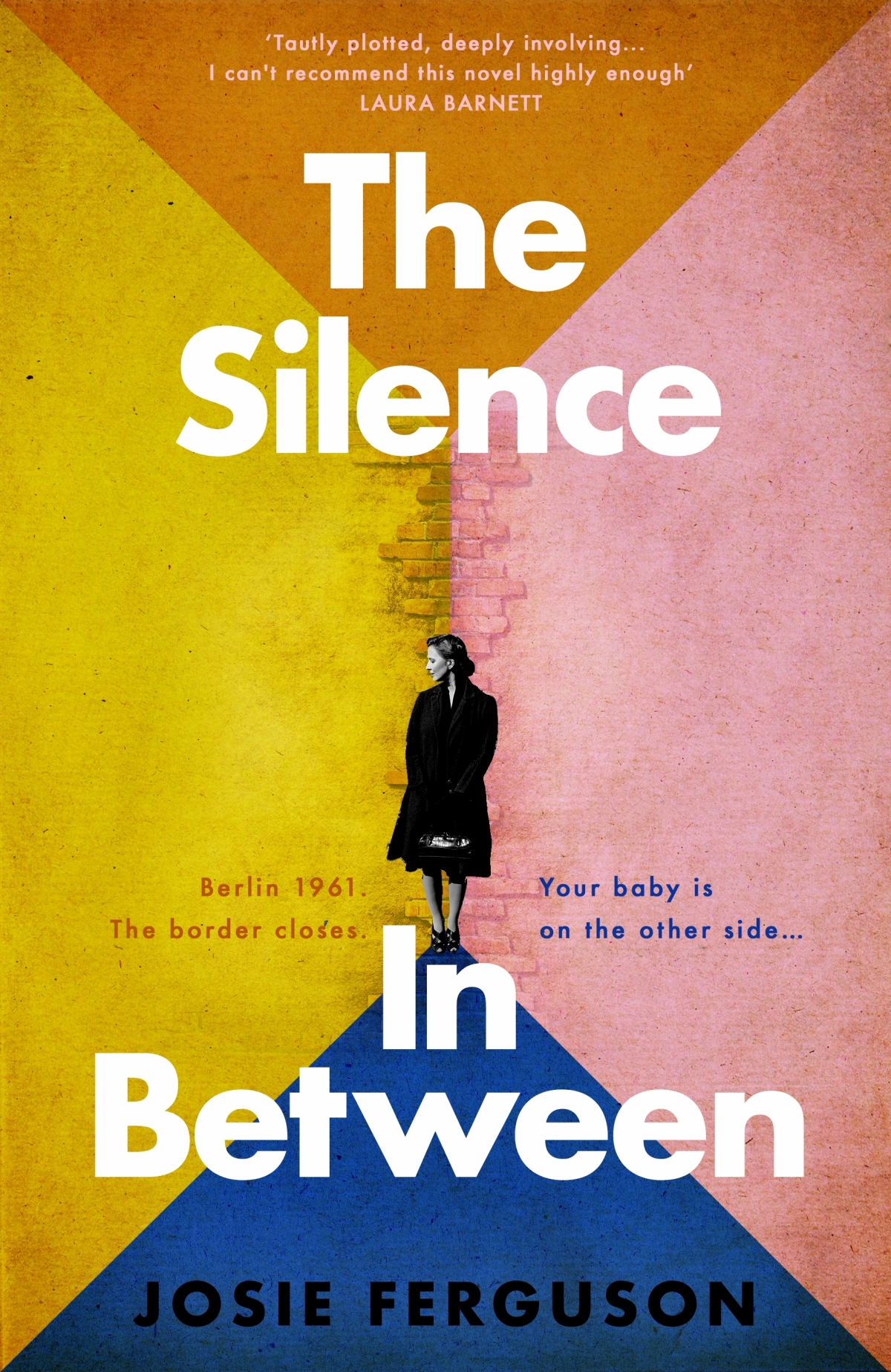
In this interview with Josie Ferguson, the author delves into the
inspiration and research behind her latest novel, The Silence
in Between. Josie shares how a viral Reddit thread about the
different ways people think sparked the idea for her character
Elly, who hears music when she encounters people. Josie also
reflects on her own experience in Berlin, where the novel is set,
and how it influenced her storytelling. Through her extensive
research and personal connections to the themes of the book,
Josie brings to life a powerful story of love, resilience, and the
impact of historical events on individual lives.
Tell us about the genesis of this novel, where the inspiration came from and what first drew you to this particular idea?
Elly’s ability of being able to ‘hear’ people’s music was inspired by a viral thread on Reddit about the different ways we think. Some people have verbal thoughts, others experience visual thoughts and the majority experience both. My thoughts are purely verbal and I couldn’t get my head around that some people don’t have a running commentary accompanying their everyday lives. I’d heard of synaesthesia (those who experience a merging of senses) and I began to imagine a character who associated each person she met with music. In Elly, I hoped to portray a quirky characteristic that would counter Lisette’s mutism and the silence of those who suffered when the border closed between East and West Germany. I come from a musical family and after reading an early version of the book, my talented brother offered to compose snippets of music for each character. They can be listened to on my website, which I hope adds an extra dimension to reading the book.
I finished this book the week Singapore opened a quarantine-free ‘vaccinated travel lane’ for its residents. Initially they only opened this travel lane to one country: Germany. Serendipitously Berlin was where I was finally (yet briefly) reunited with my family (though I was forced to leave my children behind as they were unvaccinated). Walking the streets of Berlin, my own story (albeit incomparable) blended in my mind with the stories of all those who had lived there, the stories I hoped to tell through The Silence in Between. All I had to do next was go home and start sending it out, in the hope that an agent and an editor would also think their stories were worth telling.
The novel is set both in Berlin in both 1961 and back during the Second World War. What kind of research did you have to do for the book?
My research was extensive. Writing historical fiction comes with a huge responsibility to accurately portray an important time in history and though my characters are fictional, they represent the many women who lived through both the Rape of Berlin in 1945 and the brutal division of Berlin in 1961. I read countless articles and books (both fiction and non-fiction), I watched documentaries and films based in those times, and I also listened to podcasts (which is how I stumbled upon BBC Radio 4’s podcast Tunnel 29). The more research I did, the surer I became about pursuing this book as I discovered so much that I had never heard about previously – stories that had been lost in the cracks of time but I felt deserved to be heard.
Who is your favourite character and did any of your characters surprise you as they evolved or grew within the story?
Ooh, this is such a tricky question but I’d have to go with Lisette. She is such a complex character and she constantly surprised me. She was definitely less likeable in the first draft – angrier and more unforgiving towards both her mother and Julius – but she ended up redeeming herself in future drafts. Examining the role of bystanders in war was fascinating and Lisette’s actions (or lack of action) made me question my own inaction in life. She’s my favourite character not just because I enjoyed delving into her psyche but also because of what she taught me – that when we see injustices, we need to stand up and say something.
“Throughout my life, reading has provided me with both joy and solace and I really hope this book (and my future books) can do the same for someone else.”
Do you see any parallels in the book to situations in the current day?
Yes, sadly I do. These are stories about the past but they still echo in the present. Currently Russian forces are using rape as a weapon of war against Ukrainian women; deported migrant mothers have still not been reunited with their children in the US after Trump’s zero-tolerance policy; innocent civilians are starving in Gaza; hostages held by Hamas are facing sexual violence; women in conflict-ridden Mali and Sudan continue to be subjected to rape; and border walls are being built, expanded and fortified at an unprecedented rate across the globe (since the Berlin Wall fell, over 800 miles of barriers have been built – or are currently under construction – along borders in Europe alone).
There’s a lot in the novel about the situation of women in conflict zones, the suffering that goes on behind history’s headlines. Is this an important theme to you?
This is such an important theme to me. A few years before writing The Silence in Between I read The War on Women: And the Brave Ones Who Fight Back by Sue Lloyd-Roberts and Sarah Morris. It’s a powerful, important book that everyone should find the time (and the bravery) to read. During her career as a journalist, Roberts documented the atrocities that have been inflicted on women. Though only one of the chapters focuses on rape as a weapon of war, the book examines everything from female genital mutilation to honour killings to Ireland’s so-called ‘fallen’ women. It’s a difficult read but the women Roberts met during her travels showed such courage in the face of the horrors inflicted upon them and it was this courage, this survival instinct, that I wanted to write about. History books have predominantly been written by men, which means women’s stories have never been at the forefront. But women have lived through history too and their experiences should not just be reduced to footnotes.
What do you hope your readers will take away from The Silence in Between?
Though I hope the book will encourage a discussion about important subjects amongst my readers (about how women are treated in war, the complex relationships we have with our mothers and daughters, the role of bystanders, the effects of border walls), I also hope they will enjoy the reading experience – remembering perhaps what it was like to be young and falling in love, or reflecting on being a parent and what that means to them. Throughout my life, reading has provided me with both joy and solace and I really hope this book (and my future books) can do the same for someone else.
The Silence in Between is out now.
YOU MAY ALSO ENJOY
Extract: The Silence in Between by Josie Ferguson









